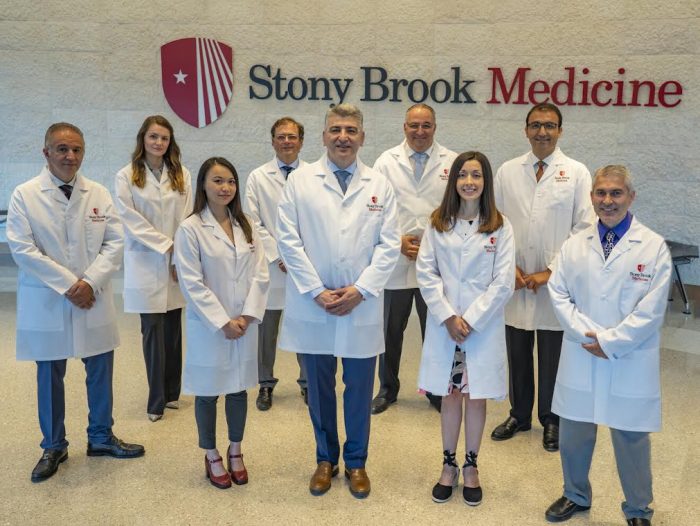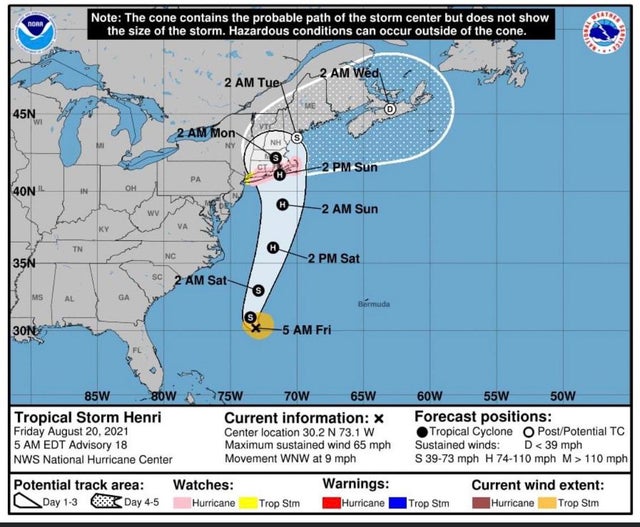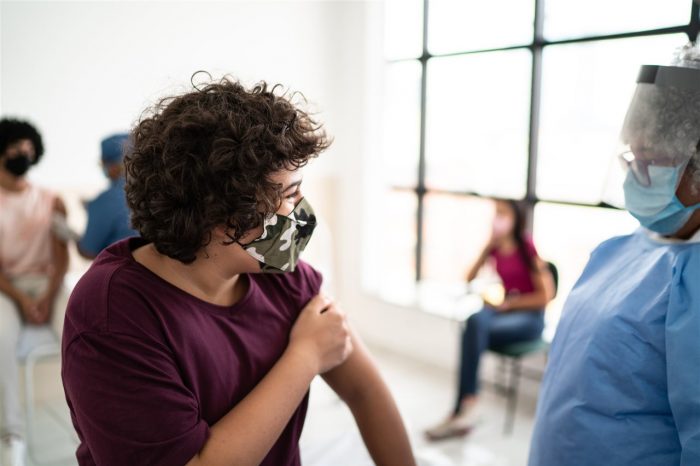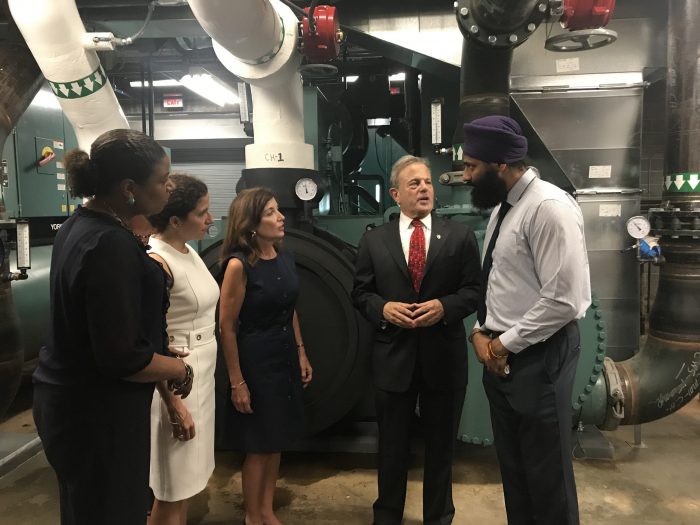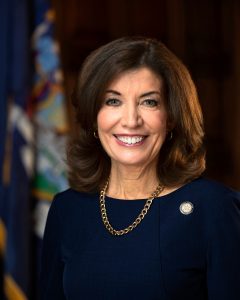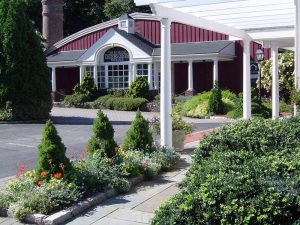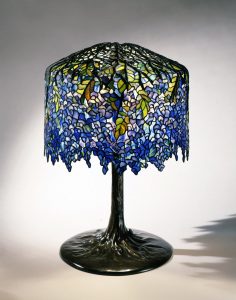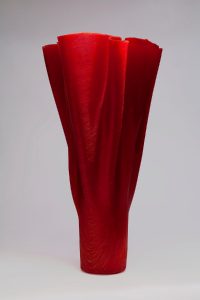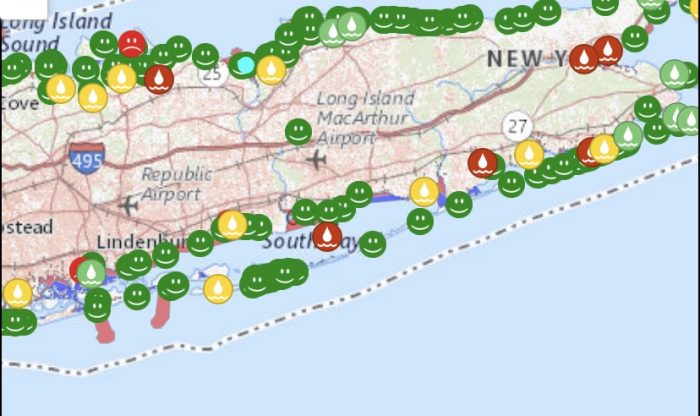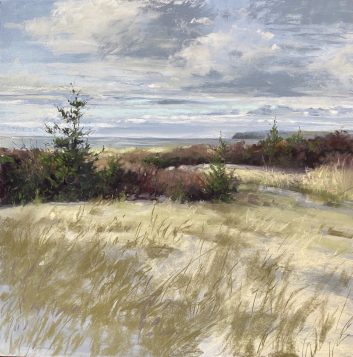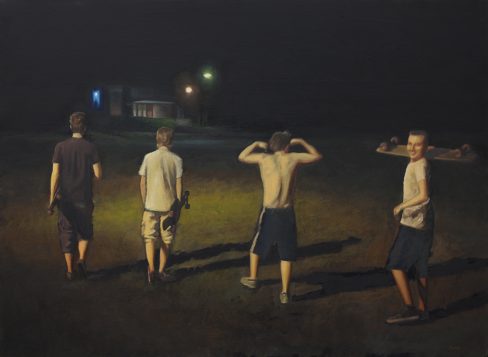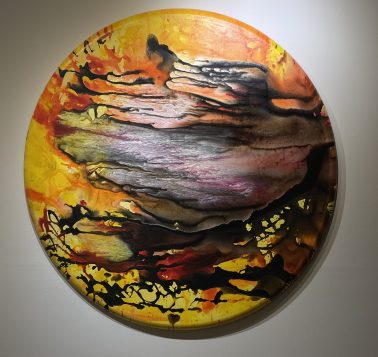The Society for Vascular Surgery’s Vascular Quality Initiative (SVS VQI) has once again awarded Stony Brook University Hospital three stars for its active participation in the Registry Participation Program for 2020.
The mission of the SVS VQI is to improve patient safety and the quality of vascular care delivery by providing web-based collection, aggregation and analysis of clinical data submitted in registry format for all patients undergoing specific vascular treatments. The SVS VQI operates 14 vascular registries.
Apostolos K. Tassiopoulos, MD, FACS, Chief of the Vascular and Endovascular Surgery Division, Interim Chairman of the Department of Surgery at Stony Brook University Hospital and Director of the Stony Brook Vascular Center says over the past decade Stony Brook has successfully utilized SVS VQI data to improve patient care in our hospital.
“As the first institution in New York State to participate in the Vascular Quality Initiative, we are proud to achieve three-star level designation for the fifth time since 2015,” says Dr. Tassiopoulos. “This designation is the result of our commitment and dedication to providing the best care for our patients.”
The participation awards program began in 2015 to encourage active participation in the registries program and recognize the importance of that participation.
Participating centers can earn up to three stars based on actions that lead to better patient care, including:
- The completeness of long-term, follow-up reporting, based on the percentage of patients for whom they have at least nine months of follow-up data
-
Physician attendance at semi-annual meetings of a regional quality group
-
Initiation of quality improvement activities based on SVS VQI data
-
The number of vascular registries in which the center participates
SVS VQI’s registries contain demographic, clinical, procedural and outcomes data from more than 841,000 vascular procedures performed in over 800 centers in the U.S. and in Canada. Each record includes information from the patient’s initial hospitalization and at one-year follow-up.
The wealth of data allows centers and providers to compare their performance to regional and national benchmarks. All centers and providers receive biannual dashboards and regular performance reports, so they can use their data to support quality improvement initiatives.
Biannual regional meetings allow physicians of different specialties, nurses, data managers, quality officers and others to meet, share information and ideas, and learn from each other in a positive and supportive environment. Members have used SVS VQI data to significantly improve the delivery of vascular care at local, regional, and national levels, reducing complications and expenses.
“Hard-working, dedicated organizations such as Stony Brook University Hospital are key to the success of the vascular registries,” said SVS VQI Medical Director Dr. Jens Eldrup-Jorgensen. “The work we do to build and maintain the registries for researcher use is crucial to health and outcomes for vascular patients. Like the old saying says, ‘if you can’t measure it, you can’t improve it.’”
About Stony Brook University Hospital:
Stony Brook University Hospital (SBUH) is Long Island’s premier academic medical center. With 624 beds, SBUH serves as the region’s only tertiary care center and Regional Trauma Center, and is home to the Stony Brook University Heart Institute, Stony Brook University Cancer Center, Stony Brook Children’s Hospital and Stony Brook University Neurosciences Institute. SBUH also encompasses Suffolk County’s only Level 4 Regional Perinatal Center, state-designated AIDS Center, state-designated Comprehensive Psychiatric Emergency Program, state-designated Burn Center, the Christopher Pendergast ALS Center of Excellence, and Kidney Transplant Center. It is home of the nation’s first Pediatric Multiple Sclerosis Center. To learn more, visit www.stonybrookmedicine.edu/
About The Society for Vascular Surgery and the Vascular Quality Initiative:
Operating under the Society for Vascular Surgery, the Vascular Quality Initiative is composed of 14 registries containing demographic, clinical, procedural and outcomes data from more than 841,000 vascular procedures performed nationwide and in Canada. The mission of SVS VQI is to improve the quality, safety, effectiveness and cost of vascular healthcare.

